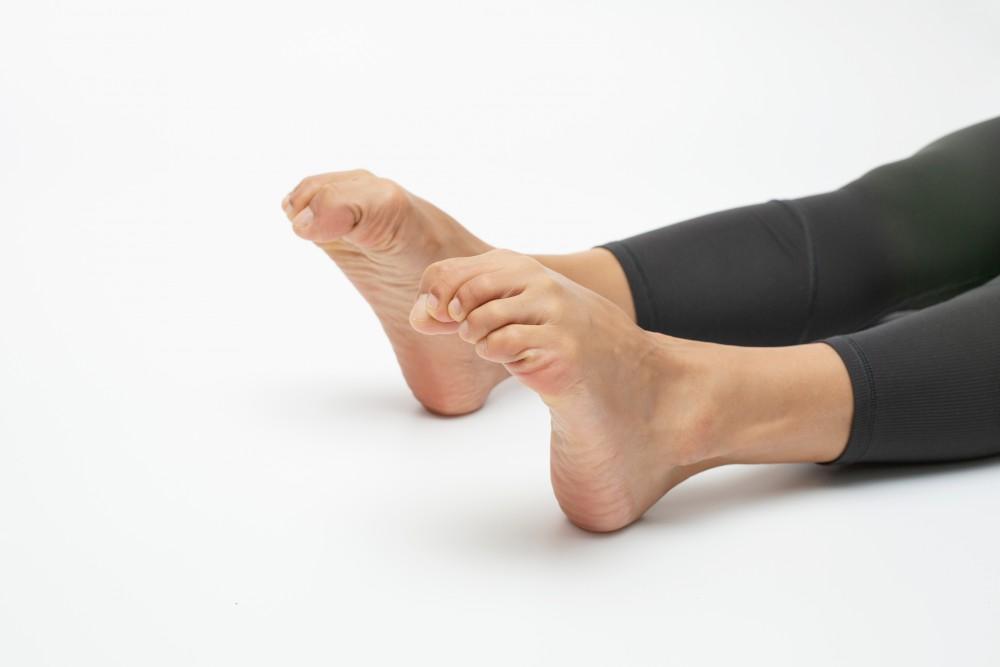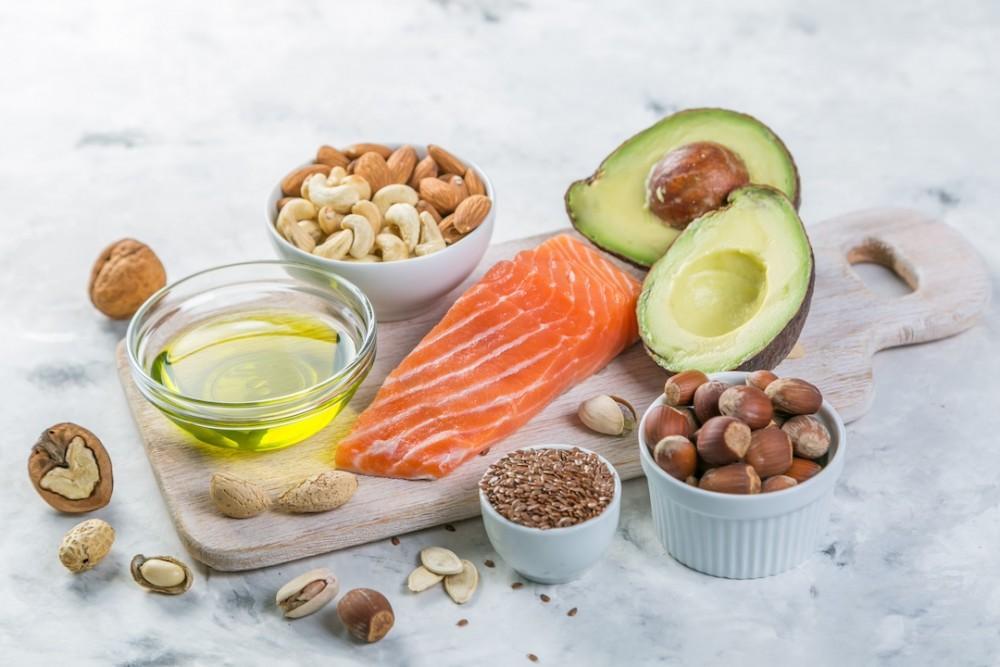
What Every Athlete Should Know About Tendons and Ligament

Every year 70,000 Americans develop tendinitis, and 23,000 people sprain their ankles EVERY DAY. If you’re an athlete, your risk of these injuries is even higher than the average person, so it’s imperative that you learn about these critical connective tissues.
Our orthopedics team at Bahri Orthopedics & Sports Medicine Clinic in Jacksonville, Florida, provides personalized sports medicine services to help you recover from injuries and train smarter. They offer educational resources to help you understand your body and how it works so you can lower your risk of injury and get stronger and faster.
So let’s get started with everything you need to know about tendons and ligaments.
What is the difference between tendons and ligaments?
Tendons and ligaments are both types of connective tissue, but they perform different functions. Tendons connect your muscles to your bones. Ligaments hold your bones together in your joints. Tendons and ligaments both provide stability and allow you to move.
What causes tendon and ligament injuries?
Sprains are the most common ligament injuries. You can strain tendons or develop tendonitis, a painful inflammatory condition that develops when you gradually develop tiny tears in the tissue. You can injure your tendons and ligaments in many ways, including:
- Overuse and repetitive movements
- Trauma from collisions or forceful blows
- Sudden twisting movements and awkward landings
- Weakness in the surrounding muscles
Your risk of tendon and ligament injuries increases with age as your connective tissue becomes drier and less elastic. Additionally, as an athlete, you put your body, including your tendons and ligaments, under quite a bit of physical stress. If you’re new to working out, you might also have a higher risk of injury if you increase the intensity and duration of your activity too quickly.
How to train to lower your risk for tendon and ligament injuries?
The first step is finding a sports medicine expert like our experts here at Bahri Orthopedics & Sports Medicine Clinic, PL. We can help you train smarter to strengthen the muscles around your joints and correct any muscle imbalances or gait issues that could lead to injury.
We can also provide nutritional counseling to keep your tendons, ligaments, and muscles supple and flexible. We tailor dietary guidance to each individual’s needs. In general, we suggest 50-60% complex carbohydrates, 15-20% lean proteins, and the remaining percentage in healthy fats. Fats are good for your connective tissue, your brain, and any other collagen-rich tissue.
A note on cartilage
Cartilage is another type of connective tissue. It coats and cushions your joints, reducing friction and absorbing shock. You have discs of cartilage in your knees called menisci. Meniscus tears are also common sports injuries caused by sudden twisting movements. Weakness or damage in your ligaments, tendons, or muscles can increase your risk of injuring your menisci.
Call our office or make an appointment online today if you’re looking for expert sports medicine services to heal ligament or tendon injuries or get training advice on how to lower your risk of connective tissue damage.
You Might Also Enjoy...


Fracture Care: Nonsurgical Options vs. Surgery

Am I a Good Candidate For Shoulder Replacement?

Staying Active With Knee Osteoarthritis: Our Top Tips

Struggling with Ankle Instability? Here's How to Avoid Future Sprains


